Anjali Byce, Group CHRO and ESG at Sterlite Technologies (STL), is at the forefront of an innovative movement to transform education in underserved communities through the RoboEdge program. This pioneering initiative is designed to equip students with critical 21st-century skills, including digital literacy, AI, robotics, and more, ensuring that they are not just consumers of technology but also its future creators. In a comprehensive interview with us, Byce delved into the intricacies of the program, sharing insights on how it integrates advanced technologies directly into school curricula, thus fostering critical thinking, problem-solving, and creativity among students. She also emphasized the importance of continuous monitoring to assess the program's effectiveness in creating long-term, tangible impacts on students’ academic and professional futures. Under her leadership, STL is not only bridging the education-to-employment gap but is also reinforcing its deep commitment to social responsibility and sustainability, aligning with global goals for quality education, gender equality, and reduced inequality.
Scroll down to read the full interview:
Q. The RoboEdge program aims to bridge the digital divide. How does Sterlite Technologies (STL) measure the effectiveness of this initiative in terms of creating tangible, long-term impacts on the lives of participating students?
A. Driven by our purpose of “Transforming Billions of Lives by Connecting the World,” we at STL recognise the importance of empowering the next generation, particularly in underserved communities. The RoboEdge Program was started to bridge the education-to-employment gap by skilling youth. By providing best-in-class education on next-gen technologies, starting with digital literacy and coding, and advancing to disciplines like AI and robotics, we ensure that students are gaining the skills necessary for the 21st century. This is embedded in the school curriculum, ensuring a foundational and comprehensive approach.
Secondly, we monitor the academic performance and engagement of students in these subjects. By integrating these technologies into the heart of the curriculum, we aim to see improvements in students’ overall academic achievements and their enthusiasm for learning.
Thirdly, we assess the long-term career prospects of participating students. Our goal is to enable underserved students to be at the leading edge of technology, providing them with a competitive edge for future professional success. We look at metrics such as improvement in their current academics, improvement in attendance in government schools, and higher enrollment in the STEM field.
In regions like ChatrapatiSambhaji Nagar (formerly Aurangabad), with its 60% rural population and significant challenges in providing digital and future skill literacy, the impact of the RoboEdge program is particularly crucial. Similarly, in Dadra and Nagar Haveli, where the literacy rate has risen to 76.24%, we see a clear need for adapting education to meet changing dynamics. By focusing on these underserved areas, we aim to create tangible, long-term impacts on the lives of students, empowering them with the skills and opportunities they need to succeed.
Through continuous monitoring and evaluation, we ensure that the RoboEdge program is making a meaningful difference and truly bridging the digital divide.
Q. Beyond technical skills, how does the RoboEdge program foster critical thinking, problem-solving, and creativity among students? What kind of assessments are in place to measure these outcomes?
A.We believe that fostering critical thinking, problem-solving, and creativity is just as important as teaching technical skills. Our program integrates STEM education with a strong emphasis on robotics, coding and AI, preparing students for a future where automation and robotics are integral to many industries. By introducing robotics into the curriculum, we stimulate students’ creativity and innovation, encouraging them to think critically and solve problems in practical, hands-on ways. This approach not only enhances their technical abilities but also equips them with essential life skills that are crucial for their future careers.
To measure the outcomes of the RoboEdge program, we have established a comprehensive set of Key Performance Indicators (KPIs). These include student attendance, the technical and life skills they acquire, gender equality (measured by the ratio of girls to boys), inclusivity, academic performance, and student success rates. Additionally, we track the number of teams participating in championships and the completion of capstone projects by each student. Our students are also being prepared to compete in the Robotex Regional Championship 2024, with the winners advancing to the Robotex National 2024. From there, successful participants will have the opportunity to compete at Robotex Asia in Shanghai and Robotex International in Tallinn, Estonia, against peers from 110 countries. This multi-tiered assessment approach ensures that we are not only fostering technical proficiency but also nurturing well-rounded, innovative thinkers ready to tackle the challenges of the future.
Q. How does STL envision the RoboEdge program evolving over time? Are there plans to expand the program to other states or regions, and what would be the key considerations for such expansion?
A. The RoboEdge Program, launched earlier this year, has already made significant strides. Initially introduced in six government schools in ChattrapatiSambhaji Nagar, we have successfully expanded to five more government schools in Dadra & Nagar Haveli within just five months. This rapid growth is a testament to the program’s success and its positive reception among students.
One of the key factors contributing to this success is the integration of the program into the school curriculum, rather than offering it as an extracurricular activity. This approach has significantly increased its popularity and impact. The program is designed in alignment with the National Education Policy (NEP) 2020, ensuring that students develop essential skills in digital literacy, cybersecurity, coding, AI & IoT, robotics, data science, and design thinking.
Looking ahead, STL envisions further expansion of the RoboEdge program. Our goal is to empower more students with next-generation skills, preparing them for future career opportunities and fostering economic growth in their communities. Key considerations for this expansion include ensuring the availability of trained educators, securing necessary funding, and maintaining the high quality of the program. Additionally, we will continue to focus on inclusivity and gender equality, ensuring that all students have the opportunity to benefit from this innovative program.
Q. As a global leader in technology, how does STL balance its commercial interests with its social responsibility initiatives like RoboEdge? Can you elaborate on the business case for such programs?
A. Our purpose of ‘Transforming Billions of Lives by Connecting the World,’ shapes our approach to Environmental, Sustainability, and Governance (ESG) initiatives. STL is committed to not only reducing energy consumption, resource usage, and waste within our operations but also to replenishing the resources we use. We achieve this through comprehensive community programs that utilise innovation, technology, and data to create lasting and meaningful impact. Our efforts have been towards creating holistic programs and undertaking sustainability initiatives that benefit society and the environment in a multi-dimensional manner. Our approach ensures that the changes we implement are both sustainable and replicable. As a signatory of the UN Global Compact, STL is dedicated to the UN Sustainable Development Goals (SDGs). The RoboEdge Program is a prime example of this commitment, designed to address several key SDGs:
- Quality Education: We employ active learning strategies such as group work, discussions, and hands-on activities to engage students actively in the learning process. Collaboration and teamwork are integral to all our modules, providing opportunities for student leadership and decision-making. Participation in championships is also team-based, fostering a sense of community and shared achievement.
- Gender Equality: By focusing on educating girls in future skills and bridging the gap between education and employment, the RoboEdge Program aims to empower girls with the knowledge and skills they need to succeed in a rapidly evolving job market. This initiative aligns with the program’s objective of promoting Future Skills and STEM education, fostering a culture of innovation and entrepreneurship in India, and addressing the critical issue of gender disparity in education.
- Reducing Inequality: Introducing robotics in rural education holds immense potential to reduce inequality by democratizing access to cutting-edge learning opportunities. Our AI robotics programs in rural schools not only equip students with technical skills but also nurture critical thinking and problem-solving abilities essential for the future workforce. This ensures that students in remote areas receive the same educational advantages as those in urban settings, bridging the educational divide.
Balancing our commercial interests with social responsibility initiatives like RoboEdge is not only a moral imperative but also makes sound business sense. By investing in the education and empowerment of future generations, we are cultivating a skilled workforce that will drive innovation and economic growth. These programs enhance our brand reputation, foster community goodwill, and create a pipeline of talented individuals who are well-prepared to contribute to the technology sector. In essence, our commitment to social responsibility and sustainability is integral to our long-term business strategy and success.
Q. STL's commitment to ESG is evident in the RoboEdge program. How does this initiative align with STL's broader ESG goals and contribute to the company's overall sustainability strategy?
A. As a company, we are strongly driven by our purpose of ‘Transforming Billions of Lives by Connecting the World’. This purpose serves as a guiding star for our Environmental, Social, and Governance (ESG) efforts. While delivering advanced optical and digital solutions for future-ready networks, we are constantly seeking ways to create value for our communities and the environment. The UN Sustainable Development Goals (SDGs) form the foundation of our operational principles.
The RoboEdge Program is a key component of our ESG strategy, aligning closely with our broader sustainability goals. The capstone project themes within the program are designed to reflect the long-term objectives of the SDGs. By incorporating these goals into the projects, we expose students to critical global issues and challenges from a young age. This approach fosters a deeper understanding and awareness of the world around them, instilling a sense of responsibility and purpose in their learning.
Through these projects, students learn how their work can contribute to solving real-world problems, encouraging them to think critically and creatively about complex issues. This not only develops their cognitive and problem-solving skills but also prepares them for future careers in STEM fields. By integrating the SDGs into the capstone projects, we are nurturing a culture of innovation and entrepreneurship in India, empowering students to think outside the box and develop innovative solutions to pressing problems.
In essence, the RoboEdge Program exemplifies our commitment to ESG by promoting quality education, gender equality, and reduced inequality. It aligns with our broader sustainability strategy by ensuring that our initiatives are impactful, sustainable, and replicable, ultimately contributing to the creation of a more equitable and innovative society.
Q. How does STL measure the return on investment (ROI) of its social impact programs, including RoboEdge? Are there specific metrics used to assess the program's effectiveness and its contribution to STL's overall business performance?
A.Measuring the return on investment (ROI) of our social impact programs, including RoboEdge, is crucial to ensure that our initiatives are effective and aligned with our broader business goals. At STL, we use a combination of quantitative and qualitative metrics to assess the effectiveness of these programs and their contribution to our overall business performance.
For the RoboEdge Program, we track several key performance indicators (KPIs) such as:
- Student Engagement and Attendance: Monitoring the number of students participating in the program and their attendance rates helps us gauge the program’s reach and popularity.
- Skill Development: We assess the technical and life skills acquired by students through regular evaluations and feedback from teachers and students.
- Academic Performance: Tracking improvements in students’ academic scores provides insight into the program’s impact on their overall education.
- Inclusiity and Gender Equality: We measure the ratio of girls to boys participating in the program and ensure that it promotes gender equality and inclusivity.
- Teacher Training: Evaluating the effectiveness of our teacher training programs by tracking the number of teachers trained and their ability to implement digital teaching methods.
- Capstone Projects and Competitions: Monitoring the completion of capstone projects and participation in competitions like Robotex Regional, National, Asia, and International Championships helps us assess students’ practical application of skills.
- Community Impact: We also consider the broader impact on the community, such as increased digital literacy and improved educational outcomes in the regions where the program is implemented.
By using these metrics, we can measure the tangible benefits of the RoboEdge Program and its alignment with STL’s ESG goals. Additionally, these programs enhance our brand reputation, foster community goodwill, and create a pipeline of skilled individuals who can contribute to the technology sector. This holistic approach ensures that our social impact initiatives not only benefit society but also support our long-term business strategy and success.
Q. Implementing technology-based education programs in rural areas can pose unique challenges. What are the key obstacles STL and Robotex India have encountered, and how have you addressed them?
A.Implementing technology-based education programs in rural areas indeed presents unique challenges. One of the primary obstacles is the lack of infrastructure and technology, which often hinders teachers’ ability to effectively utilize modern learning tools and provide up-to-date technological education to their students. Many teachers in these areas have limited digital knowledge, making it challenging for them to implement digital learning methods efficiently. As a result, digital learning is one of the most affected forms of education in these regions.
To address these issues, STL and Robotex India have implemented comprehensive teacher training programs. These programs focus on enhancing digital literacy and teaching methods, enabling teachers to provide their students with the necessary ‘future skills’ education. Over 1,000 teachers from ZillaParishad schools in Maharashtra have been successfully trained to become part of the RoboEdge Program.
The students we aim to serve through Robotex India’s initiatives often come from low-strata communities and face several challenges, including limited access to electricity and Wi-Fi, and low digital literacy rates. Many of these students come from households where only 61.7% own smartphones, often just a single device per family, which lacks up-to-date technological information and education. These obstacles make it difficult for them to acquire the necessary skills to compete in a rapidly evolving digital world.
To overcome these challenges, we provide students with the tools and resources they need to succeed. This includes ensuring access to necessary technology, enhancing digital literacy, and improving presentation and communication skills. By addressing these barriers, we aim to equip students with the skills required to thrive in the digital age, thereby bridging the educational divide and fostering a more inclusive and equitable learning environment.
Q. How does STL envision the role of technology in education evolving in the coming years? What kind of skills and competencies will be essential for students to succeed in the future, and how is RoboEdge preparing students for these challenges?
A.As a technology company, STL is acutely aware of the rapid evolution of the technology landscape. We believe that upskilling and staying abreast of the latest technological innovations are crucial for the future generation to remain competitive in the market. Recognising this, STL has taken on the responsibility to bridge the education gap, particularly in underserved communities.
For some time now, we have been working with 300 government schools in both Maharashtra and Dadra & Nagar Haveli through the Digital Equaliser and Improved Learning (DEIL) Edutech program. We have impacted more than 100,000 students with access to digital learning opportunities, and over 2,000 teachers have been upskilled in digital teaching methods across 300 government schools. Further building on these efforts, we have launched our RoboEdge program focused on Artificial Intelligence, Robotics, and Coding in government schools in Maharashtra and Dadra & Nagar Haveli, impacting approximately 5,000 students and teachers.
The RoboEdge Program aims to incorporate AI and Robotics into the school curriculum from 5th to 10th standard. Through this program, students develop essential skills in digital literacy, cybersecurity, coding, AI & IoT, robotics, data science, and design thinking. These skills are critical for their future success, enabling them to become future entrepreneurs and solve real-world challenges. By equipping students with these competencies, we are preparing them to thrive in an increasingly digital and automated world, ensuring they have the tools and knowledge to navigate and excel in their future careers..
Q. Collaboration is key to addressing complex social issues. How does STL foster partnerships with government, NGOs, and other stakeholders to maximize the impact of the RoboEdge program?
A. At STL, we believe that collaboration is essential to tackling complex social issues. Our partnership with Robotex India, a non-profit organization, is a prime example of this. Together, we are implementing the RoboEdge program in government schools across both rural and urban areas. This initiative is all about fostering technological innovation and advocacy, ensuring that students are equipped with 21st-century skills. By bridging the digital divide, we aim to build a solid foundation for future generations, ultimately enhancing their employment opportunities.
Government involvement is also a crucial aspect of our strategy. We have had the privilege of working closely with key government figures, such as Mr Jatin Goyal, Director of Education, District Education Department, Administration of Dadra & Nagar Haveli and Daman & Diu; Ms Nanda Gaikwad, Deputy Municipal Commissioner, Education; Ganesh Dandage, Controlling Officer Education, Aurangabad Municipal Corporation; Mr Paritos Shukla, Assistant Director, DNH; Mr BalwantPatil, District Education Officer, DNH; Mr. Jayesh Bhandari, Education Officer. Their support helps us align with educational policies and significantly boosts the program’s reach and effectiveness.
Through these strategic partnerships and initiatives, STL is committed to maximizing the impact of the RoboEdge program. We are fostering a collaborative approach to address complex social issues and build a brighter future for our students.





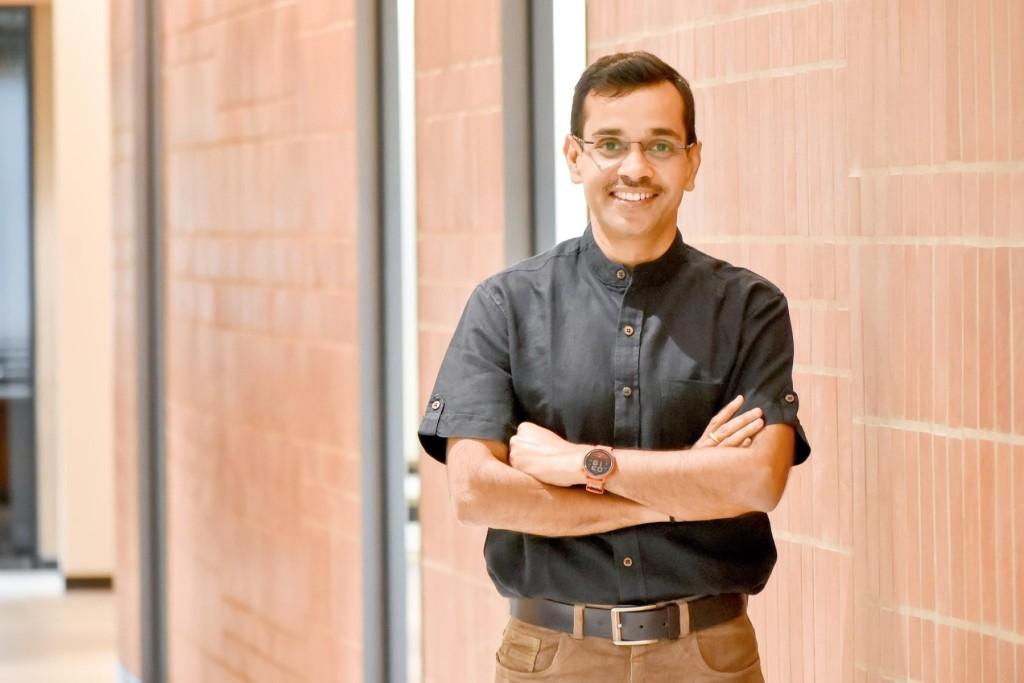

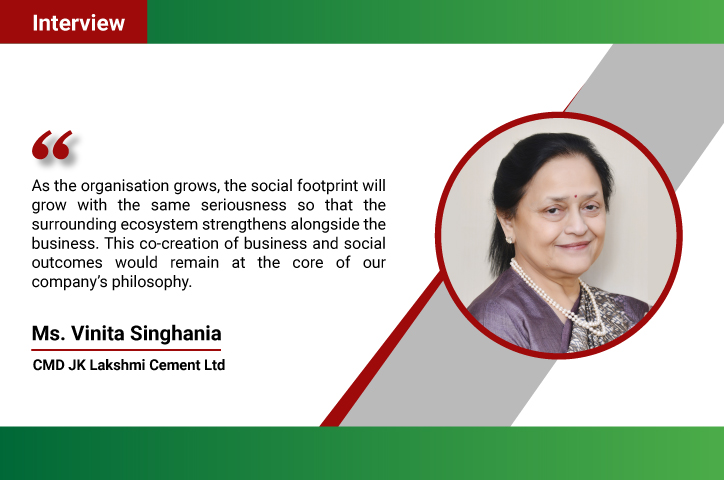
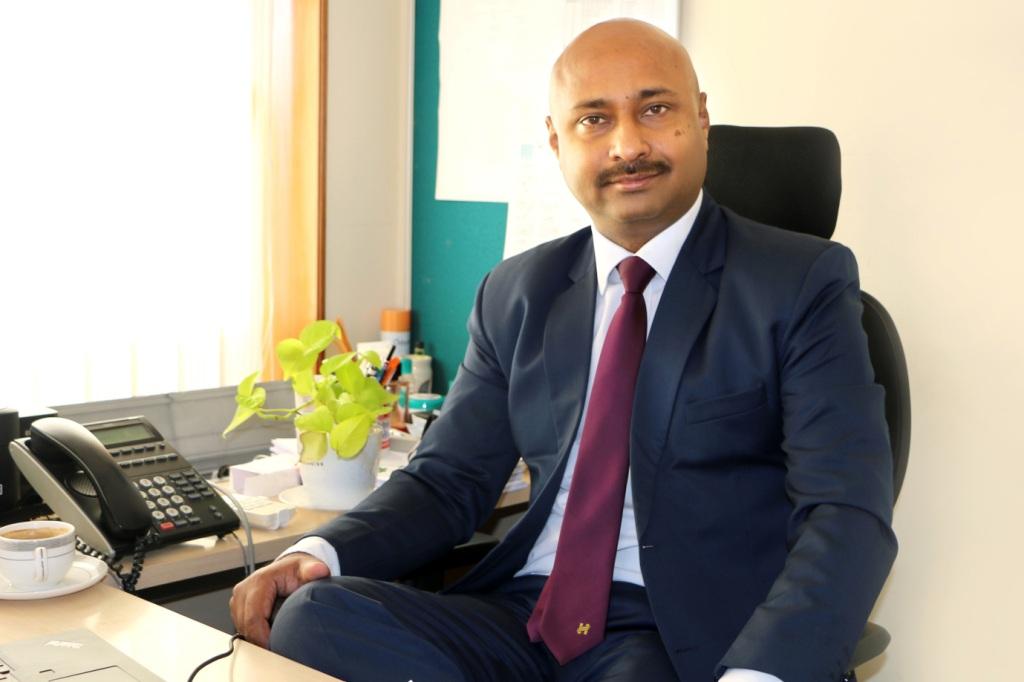
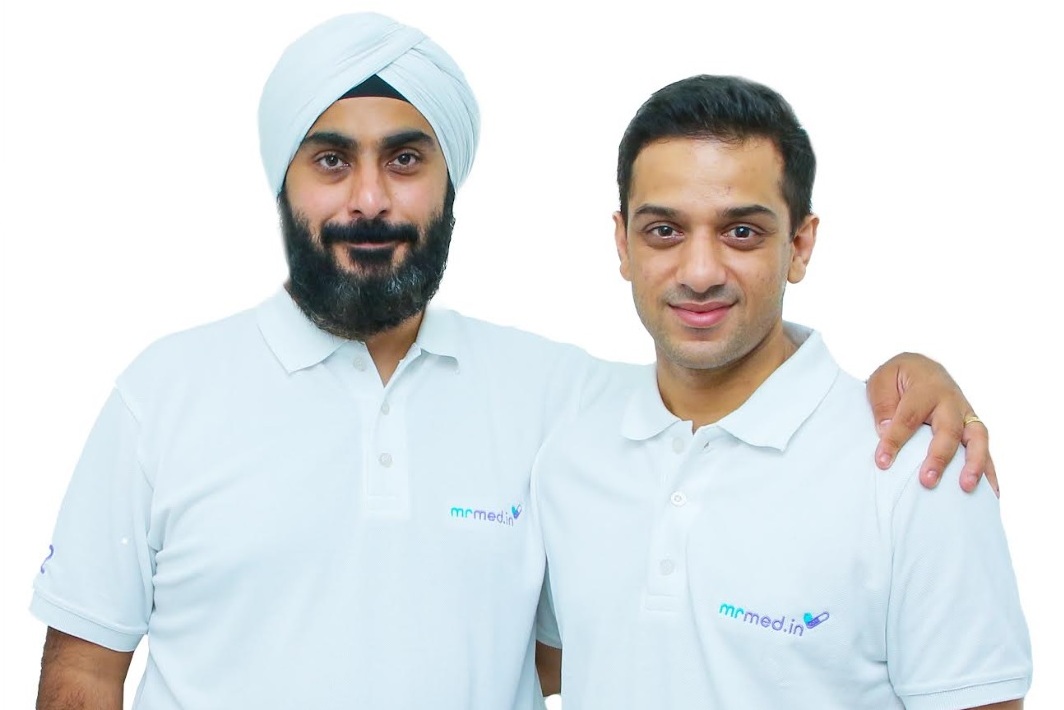
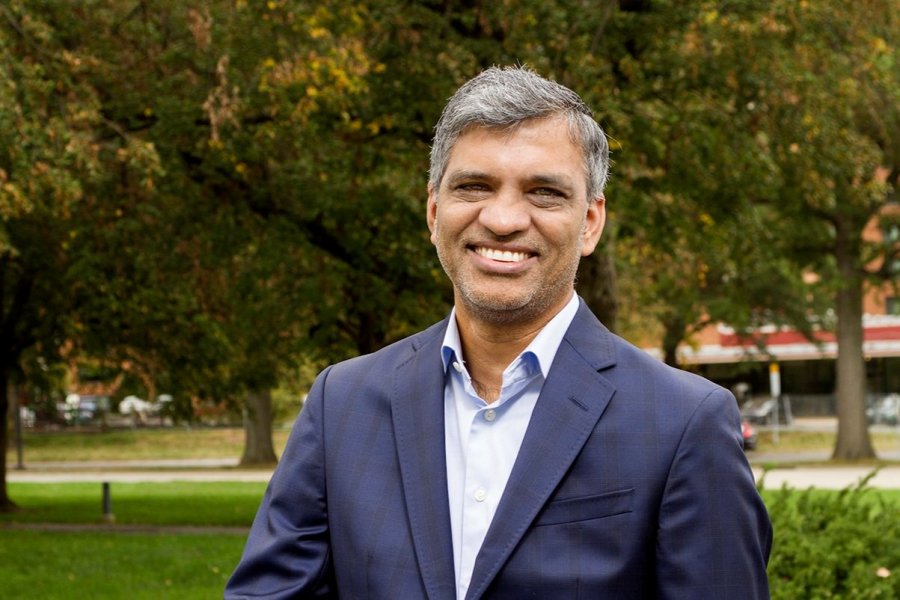



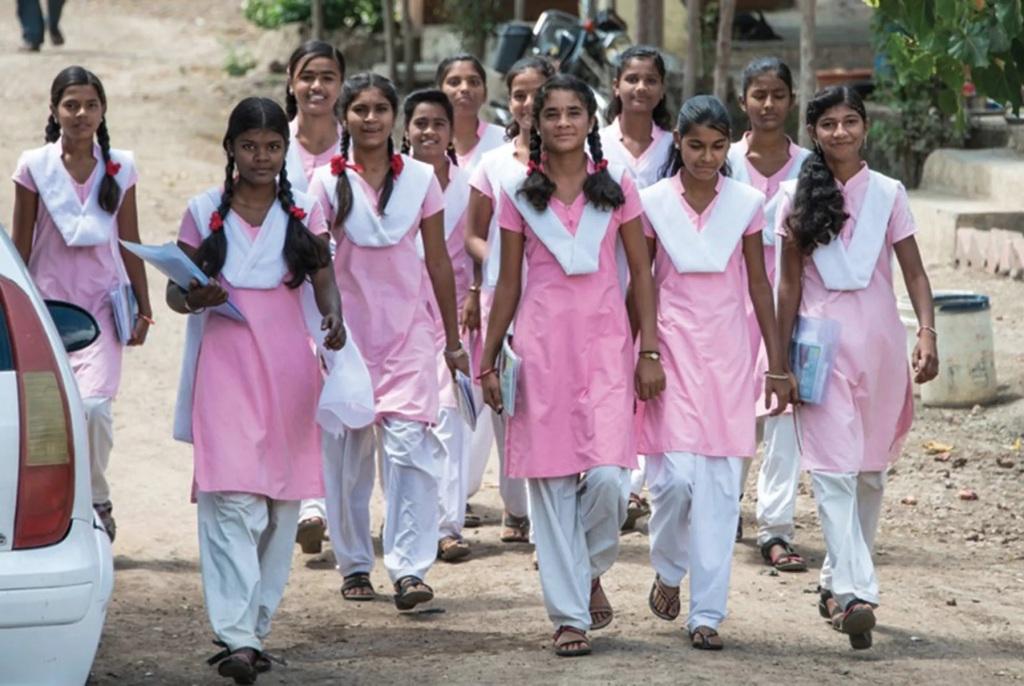

.jpg)




